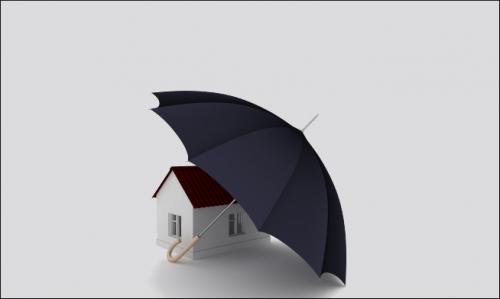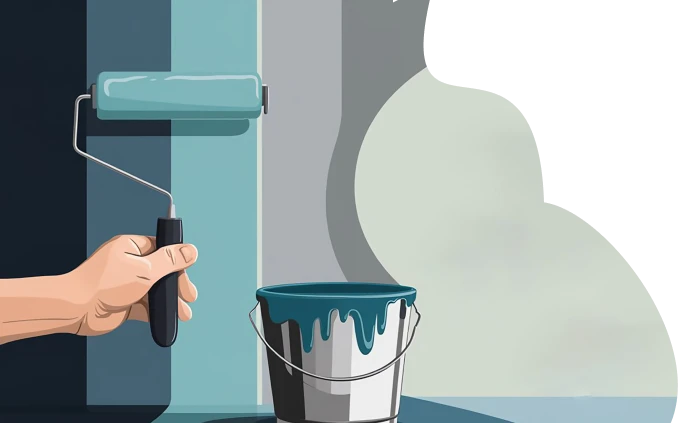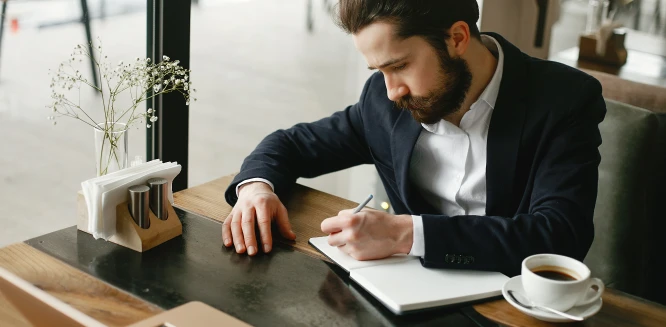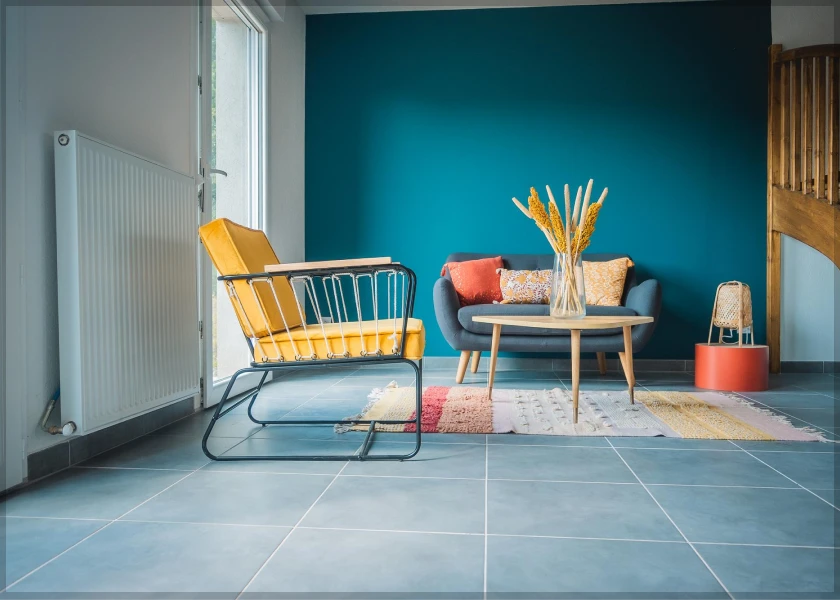

Keeping Homes Dry: Essential Waterproofing Tips for Wall Protection
Malika Chopra
|
Waterproofing

Table of Content:

Unable To Decide Upon a Colour?
Book A Free Wall2Wall Inspection
Self serve
More Posts
Comments
acebuildingmaterialsabout 1 month ago
ACE Waterproofing Proper waterproofing is critical to maintaining building integrity. It prevents water penetration that can lead to mold, corrosion, and structural weakening. Early implementation during construction ensures safety, longevity, and reduced future maintenance costs, making it a cornerstone of quality building practices. https://acebuildingmaterials.com/departments/waterproofing/

Lightning Deal
Upto 25% off on Home Painting
Create your dream home with our painting experts
Fill the form below to book a free site evaluation by a Beautiful Homes Painting Service expert.
Recent Posts
Categories
- Interior Design
- Interior Painting
- Texture Painting
- Stencil Painting
- Exterior Painting
- Rental Painting
- Metal Paint
- Wood Paint
- Our Recent Projects
- Problems faced while painting
- Exterior Design
- Deep Cleaning
- Waterproofing Solutions
- Home Painting
- False Ceiling
- Primer
- Distemper
- Paint Products
- Festival Special
- Colour Consultancy
- Design Painting
- Home Decor Special
- Home Painting Tools and Techniques
- House Wallpaper
- Commercial Painting





